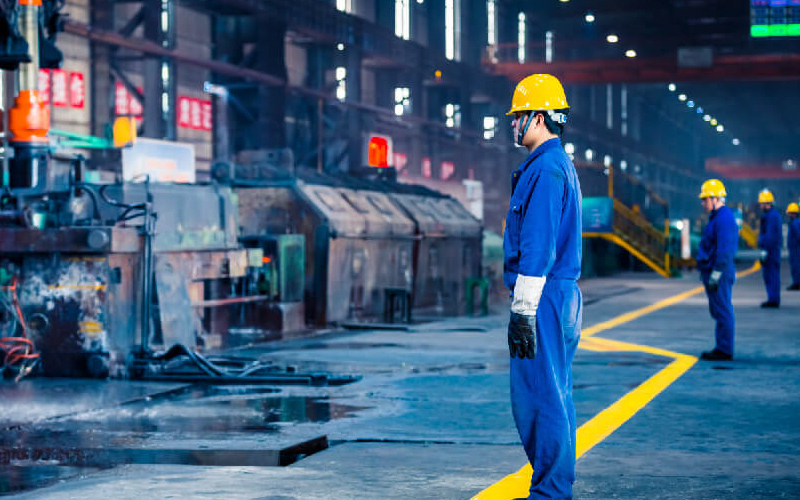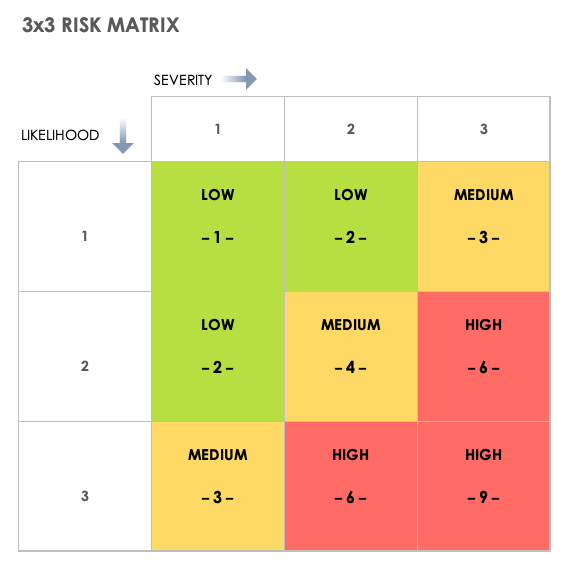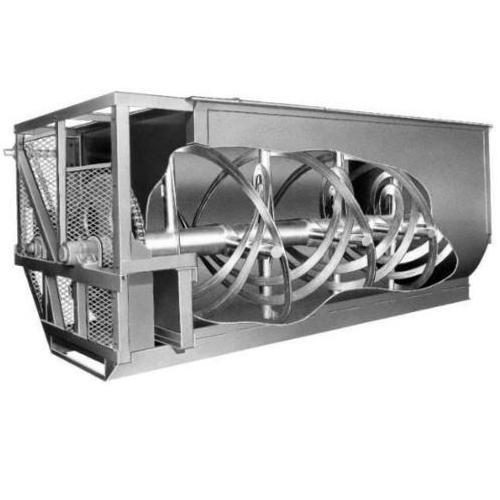Manufacturing and production aren’t easy tasks to manage and Safety and assurance come fast to avoid any disaster or mishap happening. Moderating the harm brought about by regular mishaps could even be time-consuming and could lead to a loss in terms of the department.
Lorem Ipsum is simply dummy text of the printing and typesetting industry. Lorem Ipsum has been the industry’s standard dummy text ever since the 1500s.
R 967, Promas Engineers, TTC Industrial Area, M.I.D.C. Rabale, Navi Mumbai - 400072
Home / Blog
Blog

Importance of Safety and Disaster management in the manufacturing of equipment
Manufacturing and production aren’t easy tasks to manage and Safety and assurance come fast to avoid any disaster or mishap happening. Moderating the harm brought about by regular mishaps could even be time-consuming and could lead to a loss in terms of the department.
Over the previous decade, the number of accidents in the manufacturing of the equipment industry has expanded altogether. The worldwide information on announced calamities from 1999–2003 demonstrates that there were 707 mishaps consistently during this period, mirroring an expansion of around 60 percent over the earlier years.
These cataclysmic events have an extensive impact on equipment industries, for example, unsafe warehouses, gas and oil inventories, power plant electricity leak, transportation mishaps for risky materials, can lead to severe outcomes. The outcomes of these are extreme, making massive harm to the organization and the overall nature.
Safety and Disaster Management is the answer: :
Safety and Disaster Management is the answer :
Safety and disaster management departments can help in improvisations during these situations and overall can allow you to avoid these mishaps. Activities that can diminish human and property misfortunes brought about by an expected calamity requires a lot of moderation and damage control exercises.

Initiatives are taken to guarantee that the requirements and arrangements of casualties are met, and the loss is not permanent in terms of the operation.
It ought to be noticed that the dangers in the manufacturing of equipment are commonly distinguished during the planning stage by different strategies for risk recognizable proof, for example, audit, risk investigation, and the generally utilized method of HAZOP. In light of the hazard examination of the recognized risks and considering the plan, one can propose the arrangement of possible risks and thus can take measures to control the rate of these mishaps in the structure itself. This is the most practiced of all the methods.
During risk management planning, there also should be a check on the meteorological information, hydrological perspectives, geography, and geo-mechanical angles. A lot of times these things are not paid so much attention to, and the recognized risks need to be moderated through the appropriation of more security checks and planning.
By considering the traditionalist structure and the Safety design bases (SDB) the plans can help you improve on the hazard presented.
In the security-based safety plan, operational conditions are first hypothesized. The safety designing is then completed to guarantee that the auxiliary framework is solid and is able to withstand or alleviate the results of these hypothesized conditions, and is in this manner fit for a disaster management plan.
It is critical to comprehend the basics of calamity and hazards by preparing and understanding crisis strategies, the standard association between government offices and businesses, and an elevated level of accessibility of crisis hardware are the key regions, so as to address the issue of potential mix mishaps.
Recommended
Read Our Latest Blog On Linkedin
Quick Links
Contact Us
R 967, Promas Engineers, TTC Industrial Area, M.I.D.C. Rabale, Navi Mumbai - 400072



